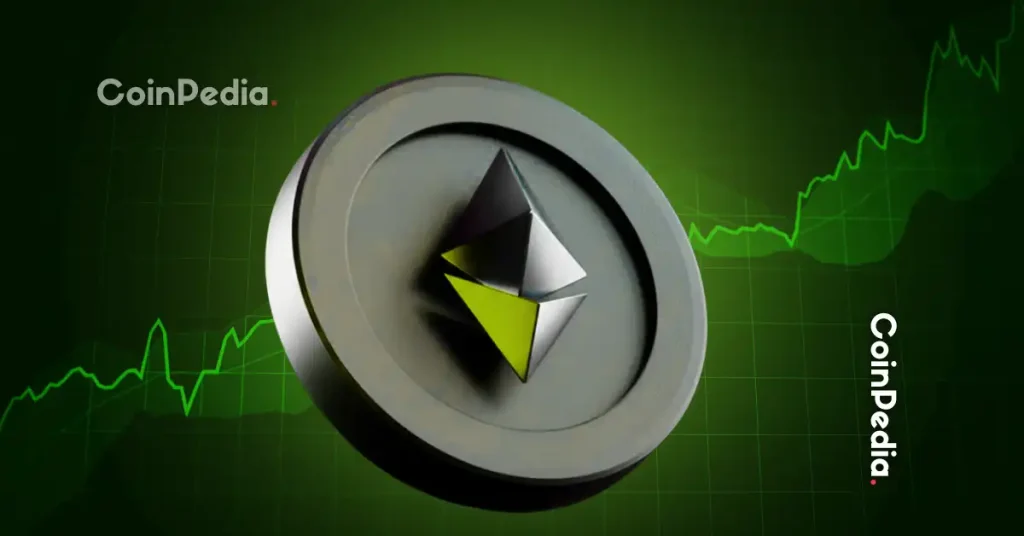Elon Musk has revealed Tesla is approaching completion of its AI5 chip design while simultaneously beginning development on AI6 as part of an ambitious plan to bring a new AI chip design to volume production every 12 months.
In a post on X, where he also announced a recruitment drive for chip engineering talent, Musk made the bold claim that Tesla expects to build chips at higher volumes than all other AI chips combined. The AI4 chip is the current version deployed in Tesla vehicles, while the company is close to completing the AI5 design.
“Most people don’t know that Tesla has had an advanced AI chip and board engineering team for many years,” Musk wrote, adding that the team has already designed and deployed several million AI chips in the company’s cars and data centers.
These chips, he claims, enable Tesla to be the leader in real-world AI.
Musk’s ambitious timeline faces manufacturing realities
AI5 production is expected to start in late 2026 with small numbers, with high-volume production slated for 2027, representing delays from earlier projections. The chip will be manufactured by TSMC.
Despite this, Musk’s latest statements on X infer that the release date for the A15 chip may come sooner than the projected date. He wrote, “The current version in cars is AI4, we are close to taping out AI5 and are starting work on AI6. Our goal is to bring a new AI chip design to volume production every 12 months.”
He added, “We expect to build chips at higher volumes ultimately than all other AI chips combined. Read that sentence again, as I’m not kidding.”
Tesla signed a $16.5 billion multiyear contract with Samsung Electronics to manufacture the A16 chips in the United States in July 2025. The dual-fab strategy means two production lines running at speed, with the manufacturers competing on price.
However, Musk has said in the past that Tesla may eventually need to build its own semiconductor fabrication plant, describing the concept as a “Tesla terrafab” adding that “It’s like giga but way bigger.”
Multiple applications drive chip demand
The company’s need for these chips extends across multiple platforms. AI5 is required in data centers, the planned Cybercab autonomous taxi, Optimus humanoid robots, and consumer vehicles, creating demand for millions of chips per year.
“These chips will profoundly change the world in positive ways, saving millions of lives due to safer driving and providing advanced medical care to all people via Optimus,” Musk stated.
In August 2025, Musk stated that Tesla would concentrate its resources on developing inference chips rather than developing both inference and training chips, stating that “it doesn’t make sense for Tesla to divide its resources and scale two quite different AI chip designs.” Observers say the pivot may not be unrelated to the restructuring of the company’s Dojo team.
Tesla’s call for talent
The recruitment push comes amid changes in Tesla’s chip development organization. Its Dojo team underwent restructuring, with leader Peter Bannon departing the company and about 20 employees leaving to join AI startup DensityAI. Other Dojo employees were reportedly reassigned to other data center and computing projects in Tesla.
Recent reports also indicate that AI5 won’t be available in volume until mid-2027, affecting vehicle launch plans and testing the patience of investors awaiting Tesla’s full self-driving capabilities.
Tesla is part of a growing trend among technology companies building custom chips to reduce reliance on Nvidia, which dominates the AI chip market.
In his recruitment announcement, Musk called for applicants to send an email with three bullet points describing evidence of exceptional ability to AI_Chips@Tesla.com, noting the company is particularly interested in applying cutting edge AI to chip design.
Get $50 free to trade crypto when you sign up to Bybit now










![Crypto News Today [Live] Updates On November 19,2025](https://image.coinpedia.org/wp-content/uploads/2025/05/17173854/Coinpedia-Digest-Top-Crypto-News-This-Week-Hacks-Regulations-and-Institutional-Adoption-1-1024x536.webp)





 English (US)
English (US)